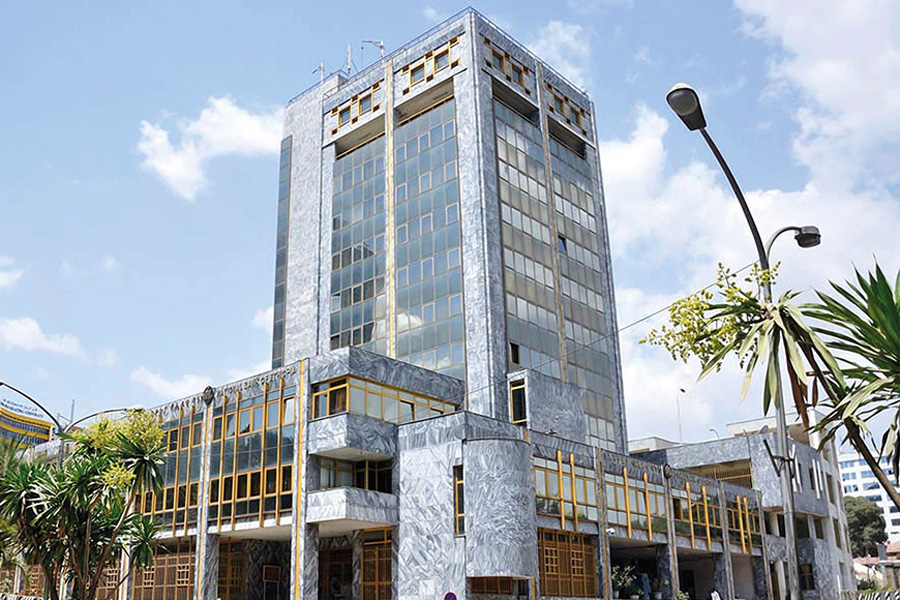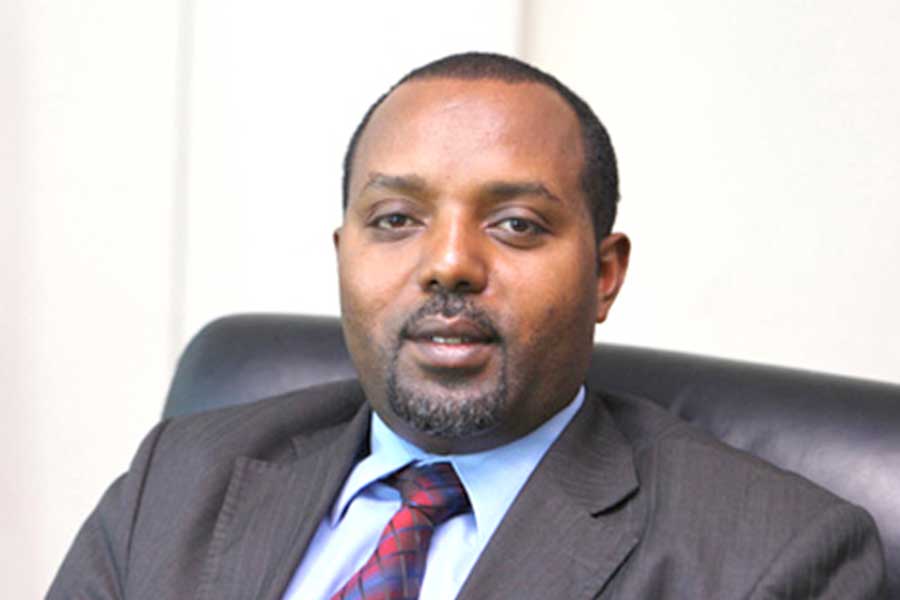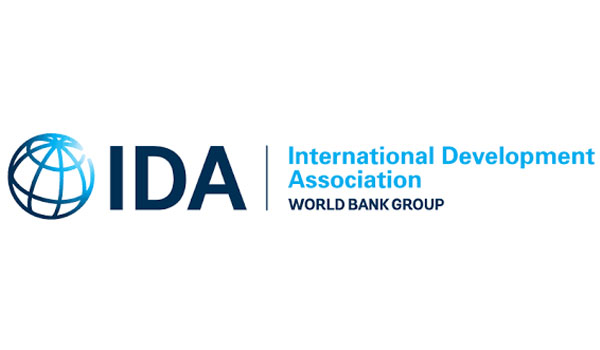
Radar | Aug 06,2022
Siinqee Bank moves one step closer to joining the banking industry with the appointment of Neway Megerssa as its founding president. Regulators at the central bank approved the nomination last week.
Neway, 41, served as Siinqee's board chairperson for a year before his latest placement was given the go-ahead. Formerly known as Oromia Credit & Saving S.C., Siinqee began its transition into a commercial bank last May following a recent rule by the National Bank of Ethiopia (NBE) allowing microfinance institutions (MFIs) to evolve into full-fledged banks. Half a dozen of them have taken advantage, applying for banking permits from the NBE. Their ranks include the largest microfinance institutions in the country, such as the Amhara, Omo, Somali and Addis microfinance firms.
The central bank requires bank presidents to have at least 12 years of experience in banking, five of which have to be in credit and executive roles. For relicensed banks, the NBE accepts experience with microfinance institutions as a ground for eligibility.
Neway spent 13 years in the banking industry, including eight years in a senior executive position with Oromia Bank. He completed an undergraduate programme in economics at Meqelle University before attending two postgraduate studies in development economics and business leadership from St. Mary's University and Addis Abeba University. He started banking at Nib International Bank, where he served until 2010 as a senior research officer and later as the head of the Bank's export division.
He then joined Oromia International Bank as director of strategic management and business development.
Neway left the industry in 2018, moving on to serve as general manager of Kegna Beverages. Incorporated in 2017 with 1.5 billion Br in subscribed capital from 5,000 shareholders, Kegna is setting up a plant in Ginchi town, Oromia Regional State, 80Km west of Addis Abeba. The company plans to produce alcoholic and non-alcoholic beverages, carbonated water and fruit juice for local and international markets.
Tolesa Gedefa, a vice-chairperson of Siinqee Bank, says it was challenging to find a president that meets the requirements set by the central bank. Directors of the bank had initially nominated Zewdie Tefera, general manager of Oromia Credit & Saving, for the job. However, the central bank declined the nomination.
“We also shortlisted other candidates,” said Tolesa. “None of them turned out to be a good fit for the Bank.”
The difficulties prompted the nine-member board of directors to look inward for a suitable candidate.
“We're familiar with his credentials," said Tolesa. "The board decided to consider Neway as a candidate.”
Tolesa serves as head of the finance bureau under the Oromia Regional State. He will serve as a board chairperson at Siinqee, replacing Neway.
Chala Lemma, marketing director at the state-owned Commercial Bank of Ethiopia (CBE), worked with Neway at Oromia Bank for six years. He sees Neway as a leader who delegates responsibility to others and demands results.
"He does not rest before things are done," said Chala.
Raising seven billion Birr in paid-up capital, Siinqee will join the ranks of first-generation banks operating for three decades. It has also surpassed the five billion Birr minimum threshold set by the central bank last year. However, it has had to float shares to dilute the stakes held by the Oromia Regional State to less than 70pc, complying with the central bank's policies. The Bank's major shareholders include the regional administration of Oromia and the Oromia Water Works Design & Supervision Enterprise.
Siinqee had mobilised 6.1 billion Br in deposits, over 2.2 million borrowers and total assets worth 16 billion Br at the end of the previous financial year. It operates more than 400 branches. When it begins operations as a commercial bank, it will increase the country's total branch network to over 8,000.
Siinqee has been awaiting the green light to launch commercial operations as a bank since regulators approved its relicensing last October. It has begun setting up its head office and rebranding its branches.
“As a microfinance institution, we've only been serving the community at grass-roots,” said Neway. “We've now the opportunity to serve the middle class and businesses.”
The regulatory bank demands microfinance institutions that transitioned to commercial banking to continue serving underbanked rural communities and low-income households. However, the central bank does not specify the resource ratio needed to be dedicated to the activities.
Sintayehu Demissie, a finance expert, believes the transition of microfinance institutions has positive prospects.
“Siinqee has a wide customer base; its deposits are adequate from the start,” said the expert. “The Bank can also retain customers whose credit needs would previously outgrow it."
However, Sintayehu warns the Bank needs to focus on reaching out to existing customers, so they do not presume it no longer offers microfinance services.
Neway says that although Oromia Saving & Credit was profitable, the opportunity to engage in foreign currency trading and the export-import business will help Siinqee grow.
"Our main goal is to improve financial inclusion," he told Fortune.
PUBLISHED ON
Mar 19,2022 [ VOL
22 , NO
1142]

Radar | Aug 06,2022

Fortune News | Aug 18,2024

Radar | Sep 27,2020

Radar | Dec 01,2024

Fortune News | May 09,2020

Editorial | Jan 28,2023

Featured | Oct 25,2020

Fortune News | Jun 18,2022

Fortune News | Jan 12,2019

Fortune News | Jun 01,2019

Dec 22 , 2024 . By TIZITA SHEWAFERAW
Charged with transforming colossal state-owned enterprises into modern and competitiv...

Aug 18 , 2024 . By AKSAH ITALO
Although predictable Yonas Zerihun's job in the ride-hailing service is not immune to...

Jul 28 , 2024 . By TIZITA SHEWAFERAW
Unhabitual, perhaps too many, Samuel Gebreyohannes, 38, used to occasionally enjoy a couple of beers at breakfast. However, he recently swit...

Jul 13 , 2024 . By AKSAH ITALO
Investors who rely on tractors, trucks, and field vehicles for commuting, transporting commodities, and f...

Jul 5 , 2025
Six years ago, Ethiopia was the darling of international liberal commentators. A year...

Jun 28 , 2025
Meseret Damtie, the assertive auditor general, has never been shy about naming names...

Jun 21 , 2025
A well-worn adage says, “Budget is not destiny, but it is direction.” Examining t...

Jun 14 , 2025
Yet again, the Horn of Africa is bracing for trouble. A region already frayed by wars...